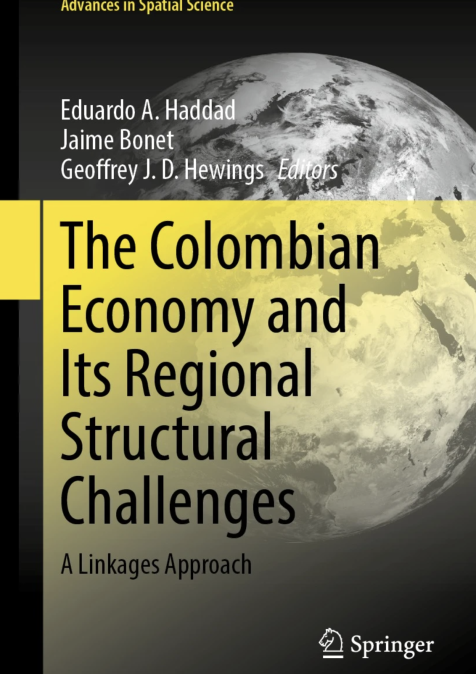Publications /
Paper in Academic Journals
Paper in Academic Journals
The internal geography of services value-added in exports: A Latin American perspective
December 18, 2020
We estimate the contents of services value-added incorporated in goods exports in different countries in Latin America, exploring the local dimension of the results. We use inter-regional input–output analysis to trace and map domestic value-added embedded in those countries' exports. We add to the discussion of global value chains the internal, within-country geography of trade in value-added, since the set of locational preferences that help understanding the spatial patterns of natural resource-intensive activities differ dramatically from that for services.









